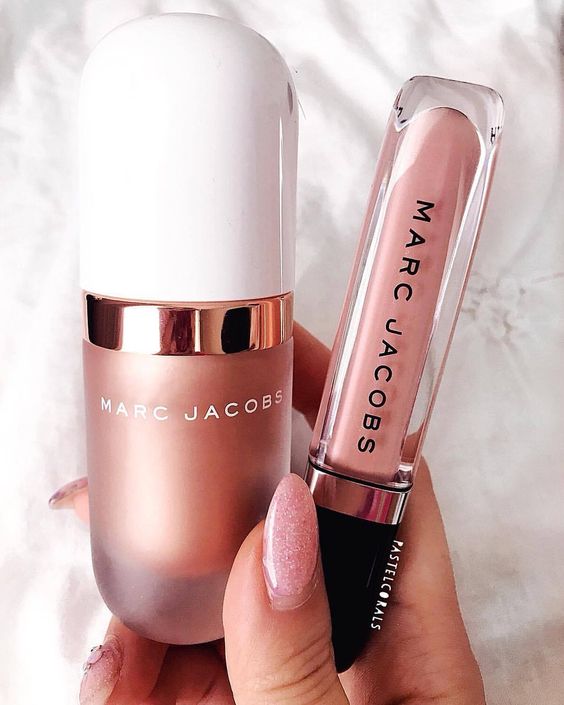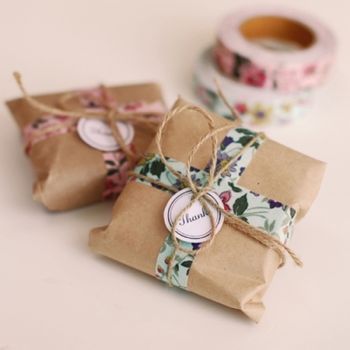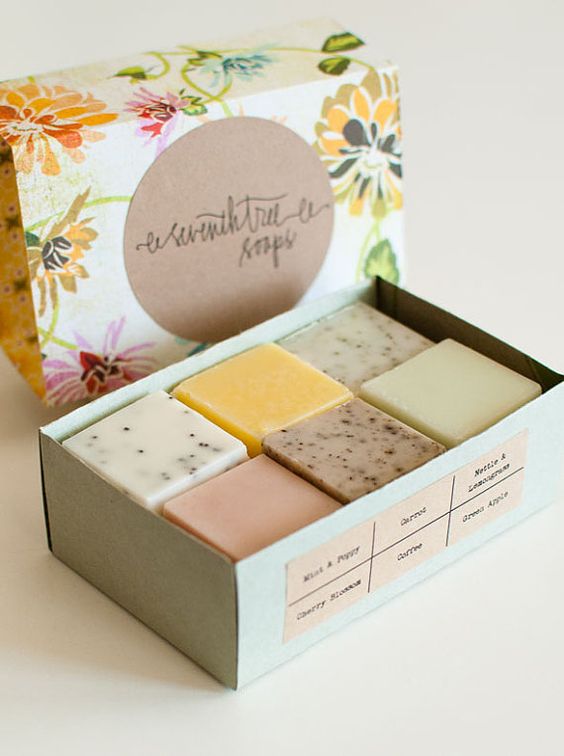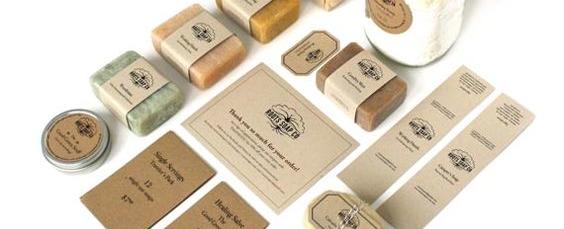There are so many factors that influence how customers perceive your brand, and the product packaging you choose and design is one of them. Product packaging all comes down to how we present the product, and we tie it closely in with customer perception. It can tell a story and set the stage for how you want to represent your entire organization. Choosing a look that’s clean and modern for the packaging will leave a better impression than one that uses a wavey design, or one focused on a rustic, natural look. Product packaging says a lot about your brand in half a second, with customers sometimes judging the value or quality of a product just at a glance. The right packaging can also help you sell more by standing out, which is another enormous asset.
Packaging may seem like a minor detail, and too many merchants overlook it until the last moment. However, the packaging is an important component of your marketing and service strategy, and it isn’t a decision taken lightly. In this post, we’ll walk you through selecting a strong packaging design that will represent you well and help you maximize sales. 
Why packaging makes a difference
As you just read, quality packaging supplies make a difference because they make a strong first impression. A product next to its elegant, tailor-made packaging whether on a shelf or arriving in the mail creates that true sense of value.
Quality retail packaging can also make your product stand out amongst the competition on the shelves. Sure, one way is to use bright, flashy colors, but that doesn’t always work if your brand’s design system doesn’t allow it. A brand that uses muted, subtle tones won’t benefit from a highlighter-pink splash of color. However, using colors to highlight a unique feature of your product is one way to differentiate yourself and help customer retention.
Building your creative packaging
To create a truly unique and engaging unboxing experience and packaging that adds value to your products, you need to understand first the unique elements that go into it. There are 3 packaging elements to take into consideration: Product packaging Protection layer Shipping packaging
Types of product packing you need
There are three main types of product packaging you need, depending on what sort of products you sell and how they’re getting them to the consumer. Let’s look at each one.
Product Packaging
You need to package up the product itself. This will immediately protect whatever you’re selling. Think the bottle for the shower gel, or the wrapper for the chocolate bar, or the box for the jewelry that you’re selling. The product packaging also includes the labels and/or hanging tags that will go on those products, if applicable. The immediate product packaging is likely going to be the focus, so this is where you should start. If customers are seeing it on a shelf, what will make them want to grab it? Functionality and aesthetics are both important here. Here are a few examples to get you started:
- Muslin/Cotton/Fabric bags
- Gift and cardboard boxes–exist in all sizes and shapes, and would work for almost anything
- Pillow boxes
- Clear sleeves for flat prints
- Belly band–great for clothes, socks
- Quality wrapping paper–pillows, clothes
- Tube/tub/jar–for beauty and food

Outer Product Packaging
This is the first thing your customers will see, touch, and open up: the package that will arrive at their doors. They are a lot of different options here that mostly depend on your product size and you might even need to have a few different boxes/packages ready to go if you sell products that vary in size or shape. Let me give you a few examples:
- Flat envelopes and flat mailers–great for flat products, prints, artwork, etc.
- Cardboard boxes–in all sizes and shapes
- Bubble envelopes–great for fragile products
- Bags–great to have for trade shows and craft markets
- Mailing tubes–for all prints, posters, etc!

How does Product Packaging work as an Effective Marketing Tool?
Do you know apart from product price, market, range, and marketplaces; Product Packaging design plays a vital role in product sale and consumers buying decisions. It works as a powerful, effective marketing tool for many successful companies. It is the only thing that can make even your product much interesting. Let’s look at some facts:
- Consumers do not take over 7 seconds to decide whether to buy this product.
- Almost 66% of consumers always want to try a product after noticing an attractive packaging.
- Over 70% of product purchase decisions make quickly in-store within 5-7 seconds after looking at creative packaging.
- If you want to stand out among other products on the shelf, you need an eye-catching packaging design.
- Your packaging should be innovative and unique to attract customer’s attention.

5 Things you need to put on your packaging
When you’re designing your product packaging, there are going to be six things you need to keep in mind every single time. These include:
Product titles. What is the name of the product? It needs to appear on the packaging. Description. This may be a simple tagline, or it could be a small section somewhere on the label detailing exactly what it does. Instructions to use or care. Clothing may be handwash only, for example, or you may sell camping gear that’s only suitable for certain weather. Detail this on the product directly. Image. This includes brand logos and anything specific to the product itself that your designer has come up with. Safety labels, nutrition labels, or bar codes. Some industries and locations have requirements for information like this, depending on what you’re selling.
The step-by-step process of designing packaging
There are 5 key steps involved in the packaging design process. Let’s look at each one.
Do your research
Do your research upfront. You need to know who your audience is, what’s currently happening in the marketplace, and what you want your packaging to say about the product you’re selling.
Choose your product container type
Before you make any further decisions, it’s important to decide what type of product container you may need. Different options for product packaging include:
- Boxes
- Cans
- Bottles
- Glass jars
- Laminated envelopes
- Wrappers
- Cartons
- Cardboard tubes
Decide what you need
Once you’ve chosen the exact product containers you want to go with, it’s time to look at everything else that you may need.
Think about how your product will get from your store to the customer on a practical and aesthetic level. You’ll need a shipping container, like a mailer envelope or box. But what else will you need to ensure that everything arrives looking great and with the product protected so that the customer has the best experience possible?
Design the packaging
This may be a one-time cost, where you hire someone to design the packaging that you need, including the outer and inner packaging, too. During this stage, make it clear what color scheme, imagery, and overall aesthetic that you’re going for. It’s important to make sure it’s clear what exactly your product is so that if someone were to see it on a shelf, they wouldn’t be confused. Remember to include everything on the packaging that’s needed, including the batch numbers and/or safety information. If you forget it the first time around, you must start from scratch (and pay for a do-over).
Get feedback
Once the design is complete, review it carefully. Double-check all the copy and make sure it’s exactly how you want, and ensure that it looks how you envisioned. Once you get the last designs, get feedback. Ask experienced peers in the e-commerce or retail industry who want you to succeed or friends whose taste in design that you trust. If possible, you can even ask your target audience, whose opinions will matter when it comes time for the product to sell. Once you’re ready to have your packaging created, all that’s left to do is find a printer and get things moving.
Remember, your product’s packaging communicates a purpose, what your brand stands for and what it means for your customer. Don’t miss this opportunity to create a lasting impression on the shelf and in the minds of your customers. Small brands are easy to come by, as are quality products, but it’s not always easy to create brand loyalty and keep customers coming back time after time after time. With a little creative packaging, you can set the stage for your customer to fall in love with your products, rather than being another consumer of your goods. There are plenty of creative opportunities out there!






